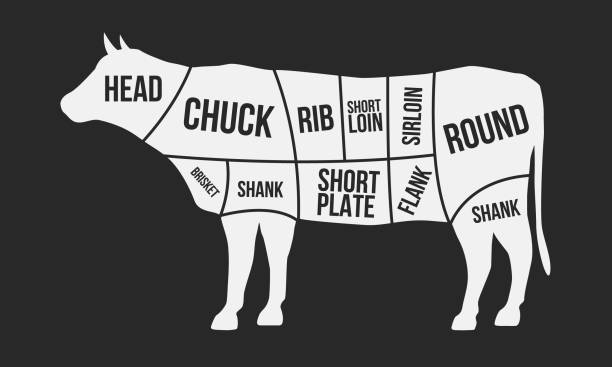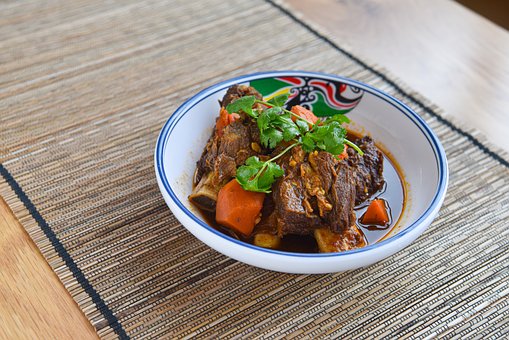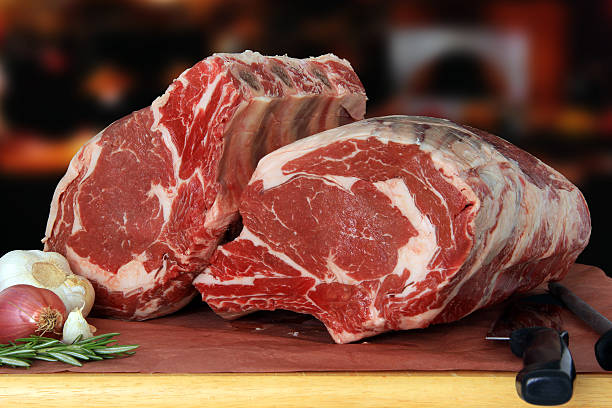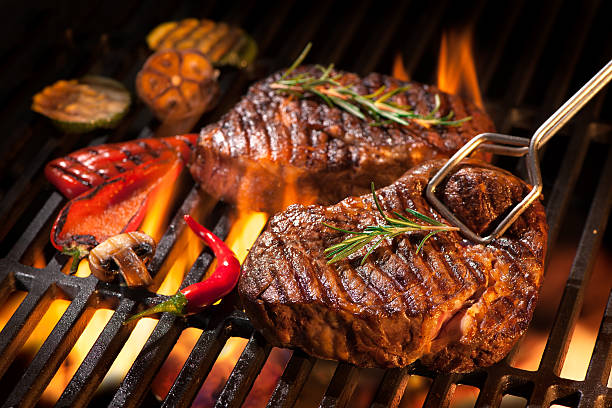Beef is typically divided into large sections known as primal cuts, which can be further broken down into subprimals or food-service cuts. These subprimals are then sliced and chopped into individual retail cuts, such as steaks and roasts.
When a cow is processed, each side of the carcass is split through the backbone, resulting in two sections known as the forequarter (front of the cow) and the hindquarter (back of the cow). The most tender cuts of beef, such as the rib and tenderloin, are located farthest from the animal’s hooves and horns, while the toughest cuts are found in the shoulder and leg muscles, which are the areas that work the hardest. This division of cuts is important for the beef industry, as it enables efficient processing and distribution of beef products, and the location of a cut on the animal can affect its tenderness and flavor. For instance, cuts from the rib and loin tend to be more tender and flavorful, whereas cuts from the shoulder and leg require more cooking time to become tender.




